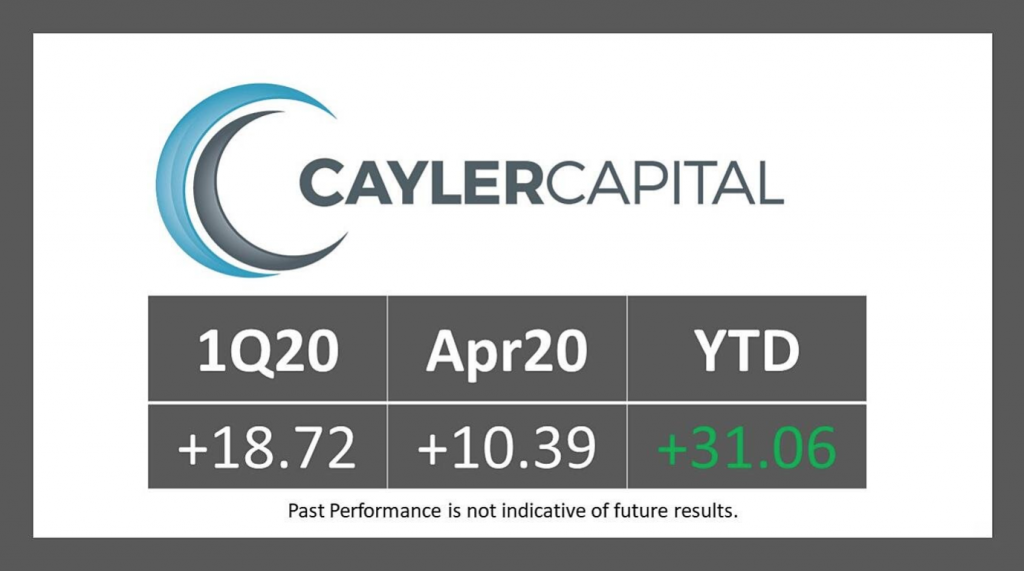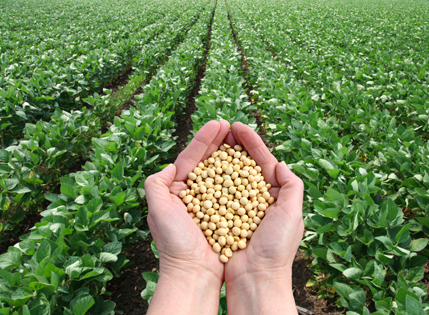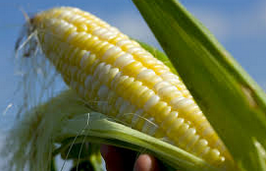Category: Commodity Trading Advisor

Cayler Capital | April Performance Commentary
After finishing off one of the wildest quarters of my trading career, April managed to take the cake. For those that missed it (not sure how you possibly could have), oil settled negative $37. The effects of this were immediate: risk barometers had to be recalculated, option models switched, and most importantly was the immediate […]

AG Capital: Fade to Famous
There’s something about being quoted in the Wall Street Journal or making it onto Bloomberg TV that often leads to terribly inaccurate judgement calls (at least in the short-term). A classic example of this is Ray Dalio’s famous interview from Davos in early 2018, where he declared that “If you’re holding cash, you’re going to feel pretty stupid” just before the market cratered -12% and potentially may have begun a topping process for the entire bull market run from 2009.

Adalpha Asset Management – Seeking Volatility
“What just happened?” is becoming an all too common phrase for market watchers over the past few weeks. Whether it be the Fed Chairman giving a talk, interest rate behavior, or a short tweet from the President, markets have been responding aggressively. Over long periods of time all of these things could often be put on the category of “noise” but in the meantime anyone watching their portfolio can get an ulcer.

Coloma Capital – Trade War Tempest or Just a Squall?
Trade War Tempest or Just a Squall? As the July 31st Fed interest rate cut was quickly overrun by the trade war tit-for-tat, we need to gain some perspective on expected impact of the US/China interaction in early August without the hype too often seen in the media. On August 1st, Trump stated that he intends to place a 10% tariff on the remaining $300 billion-ish in Chinese exports to the US as of September 1st. The prior statements were a 25% tariff (notably higher) and at an indeterminate date (easily ignored by the markets). A lower tariff that can possibly be fully absorbed by Chinese firms may ruffle some feathers but would not be a crisis. The Chinese response of cancelling nebulously-defined agricultural sales (note that pork shipments are full speed ahead, despite the existing Chinese tariff) would be partially matched off with lower US grain production from the poor spring weather. There are also some reports that the Chinese tempered their Brazilian soy purchases which implied intrinsically lower Chinese grain demand. In other words, this first response was justification for something they wanted to do anyway.

Trading Palladium: A Classic Macro Approach
Disclaimer: While investment in managed futures can help enhance returns and reduce risk, it can also do just the opposite and, in fact, result in further losses in a portfolio. In addition, studies conducted on managed futures as a whole may not be indicative of the performance of any individual CTA. The results of studies […]
How Many Managers Should You Review Before You Pick One?
Choices, choices, choices. There are just so many managers to choose for a portfolio. Look at the major database; hundreds of managers of all sizes, styles, and skills. Using some simple criteria, the list can be reduced significantly. Minimum size, minimum track record, max drawdown, and max volatility could be just a few ways of […]

Investing in a Continuum of Change: Trading Futures Markets Amidst Rapid Transformations
Market Commentary from Kottke Commodities – Commodity Capital CTA – Kenneth Stein Most of our expectations are just knee-jerk reactions to day-to-day details, but today’s headlines rarely reflect tomorrow’s reality meaningfully. For example, how many tectonic changes in different areas of our lives have and continue to occur, only dimly perceived even by those attentive to […]

A look back at the Grain Markets
Wheat made new lows led by Matif, and corn and beans worked towards low end of the ranges. There were no real weather scares in SAm and both corn and bean prod’n ideas are getting bigger. For the month, corn lost 19-20 cents and beans were down 27. Meal was down $11.00 and oil down 25 points. Chgo was the biggest loser – down 35 cents with KC down 27 and Mpls down 16. Matif wheat was down $14.75 euros/tonne – 44 cents. French wheat is $20-25/ton below SRW and thus continues to bring Chgo down.

Narrow Ranges Reflect Ample World Supply
The amplitude of grains and oilseed prices last month was extraordinarily narrow. Soybeans were the most-contained, with a high-to-low closing price range of just 28c in the March contract, narrowest for January since 1998. It’s even more remarkable considering that on the 12th, USDA surprised the trade by reducing the 2015-16 U.S. crop by 50 million bushels. The reason that such stable matching of supply and demand rarely persists for a month is the constant fresh assessments of risks to production of crops in the field and the next to be planted. Today, such is the adequacy of supply and geographic diversification of growing areas that the market judges risk to be lowest in decades.

Interviews of Absolute Return Managers
In the three prior articles we discussed the goals of absolute return (AR) investors, defined strategies typically used by AR investors and most recently stressed why limiting loses, a key goal for any AR investor, is vital to growing wealth in the long run. This article reiterates many of those concepts through the interviews of 2 highly respected Global Macro CTA’s. As you read their respective comments note the consistent emphasis of risk, losses and cross asset correlations.
Building Wealth: The Power of Absolute Return Strategies
The first goal of investing is to increase wealth or, to put it differently, to increase purchasing power. Warren Buffet says, “Rule 1 of investing is never losing money. Rule number 2 is never forget rule number 1.” The hidden message in these seemingly obvious statements is that building wealth depends much more on preventing […]

Kottke Commodities – Little U.S. Business in Wake of Flood Rally
Between late June and end-July, U.S. agricultural prices traced an extraordinarily wide and rapid boom-and-bust, wild even for futures markets. The managers felt well-positioned in corn bullspreads, which did little despite the sharp changes in expectations for supply tightness; apparently it all occurred so fast that the commercial grain business was too frozen to assess and re-position. As December corn rose 90c per bushel in reaction to widespread flooding east of the Mississippi River, and then, après deluge, abruptly fell back 75c, the December-March spread narrowed only a scant 2c and then reversed by as much. The result was a crummy month for us.
Overcoming Mental Biases in Trading and Investing
Average CTA’s, investors, and people generally have an overwhelming desire to be “right.” Who likes to be wrong? You read and hear daily from friends, and fellow traders (spouses – J), how important it is to be correct, especially when they make a market prediction or, even worse when they put real money into a […]